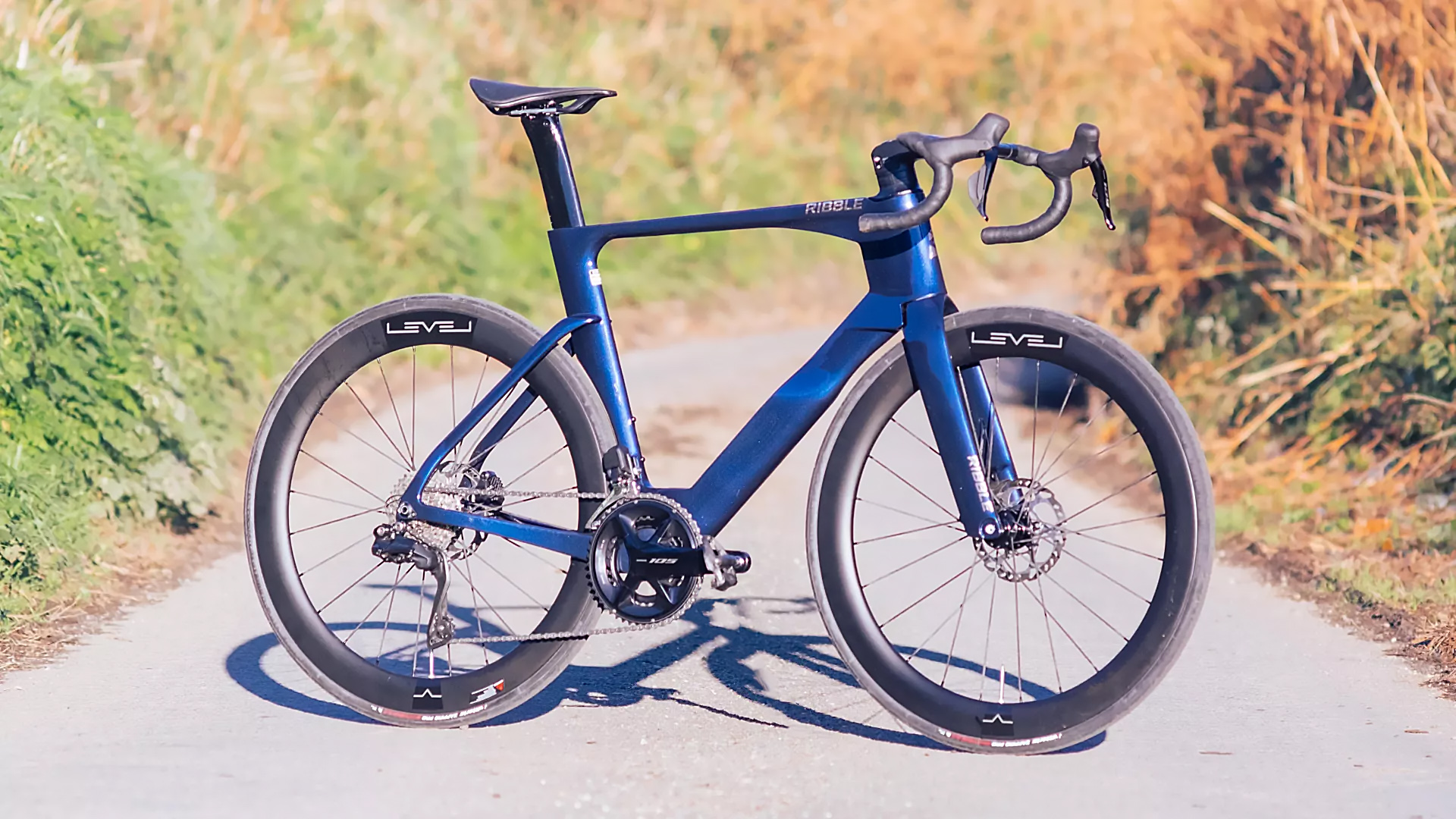Cyclingnews Verdict
Exceptionally fast, but uncomfortable on long rides and not the best handling machine
Pros
- +
It's very, very fast
- +
For the price, you'll struggle to find a more aero package
Cons
- -
Bars too wide, though they can be changed
- -
Handling isn't amazing
- -
Rather uncomfortable beyond 2hrs
You can trust Cyclingnews
The cycling industry, much like the fashion industry in a lot of ways, comes in cycles. That pun wasn’t intended, but I’m going to claim it all the same. Recently we’ve gone through a number of years of having the best road bikes, the best aero road bikes, the best lightweight bikes, and then there’s all-road, gravel adjacent, the best endurance road bikes, road bikes you can only use on a Thursday, the best pink endurance aero road bikes that are lightweight and also gravel capable... you get the picture.
While this trend seems to be drawing to a close, with brands like Specialized et al opting instead to produce ‘a race bike’ in an all-round, do-it-all package like the Tarmac SL7, the Ribble Ultra SL is firmly within the aero bike box. It’s so focused I’m loath to put it in a box, as boxes are hideously un-aerodynamic. As we’ll go into, I'm a little surprised it didn’t arrive in a kammtail shipping box.
I’ve been giving it the beans around Cornwall on flat main roads, winding country lanes, and everything in between for a while now and am ready to spill some different beans on how it performs, and what it is like to live with.
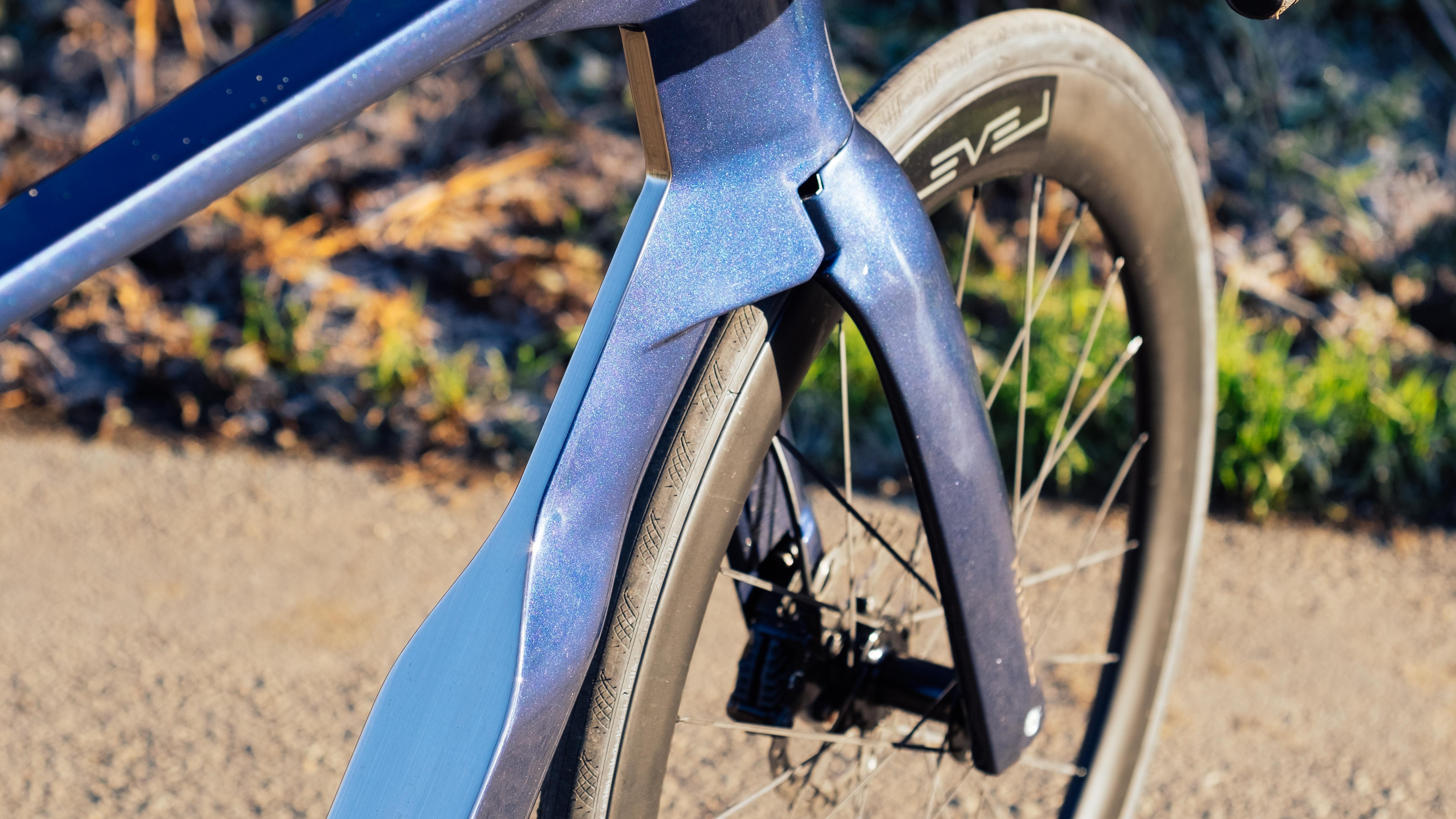
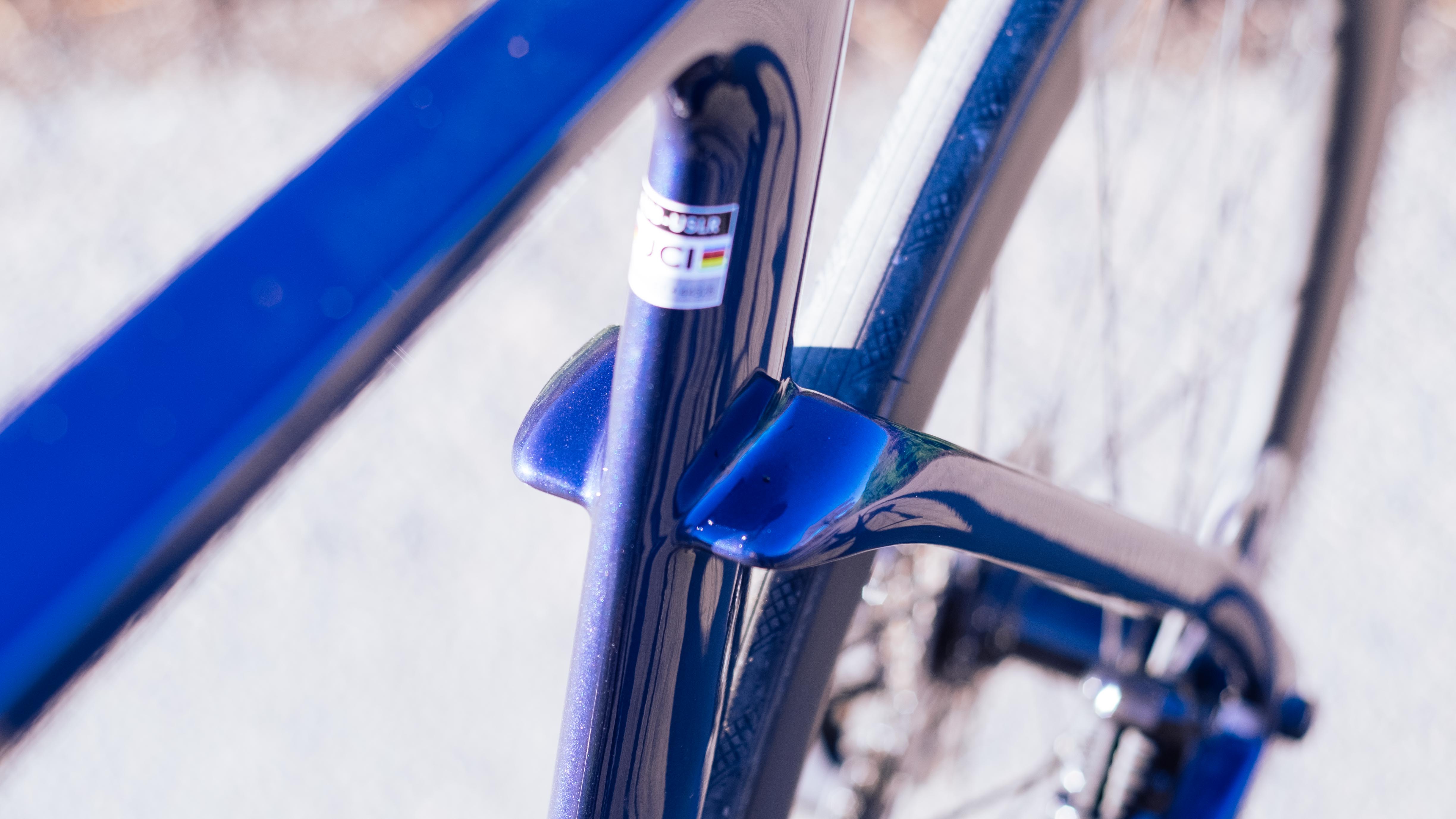
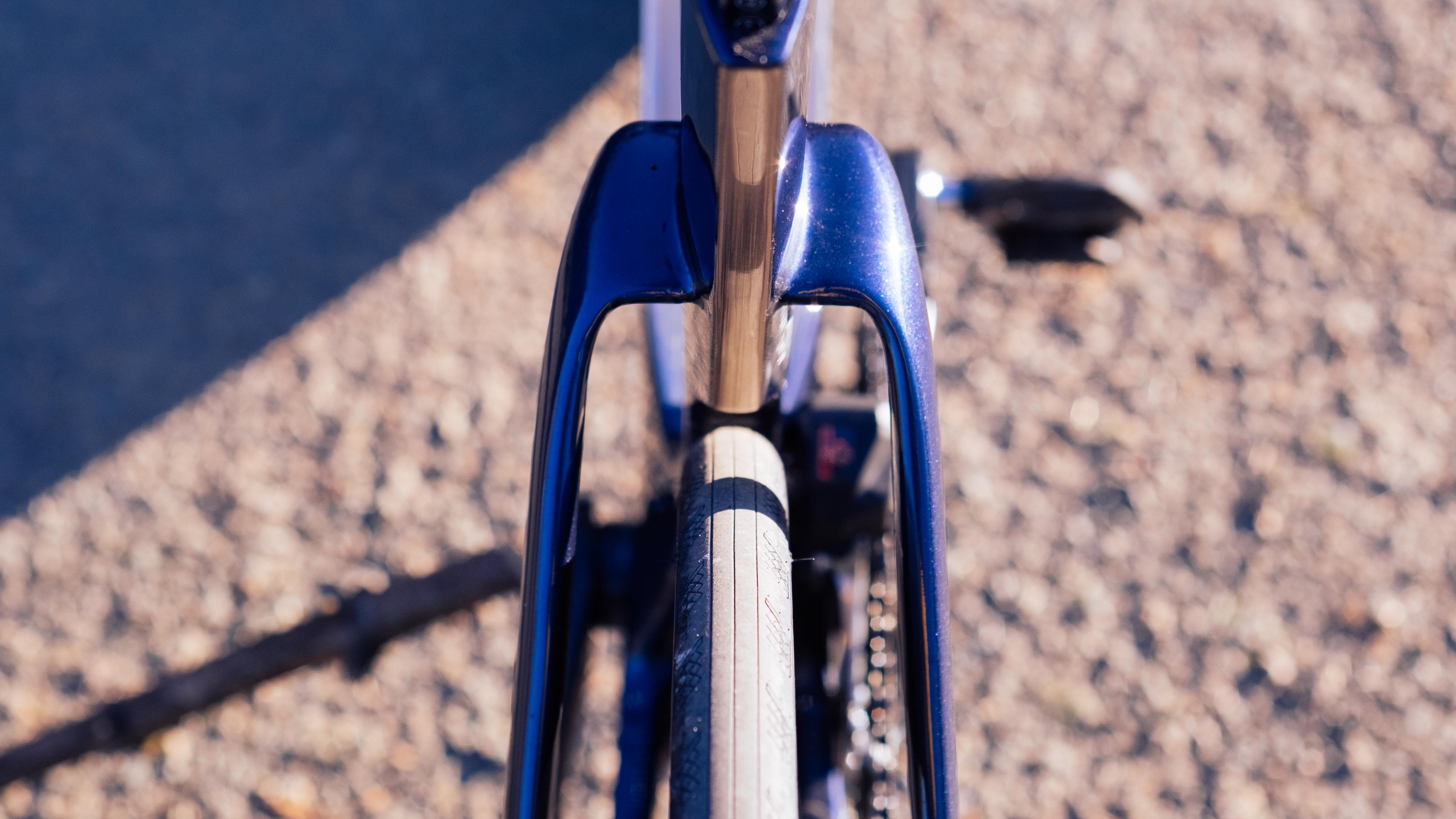
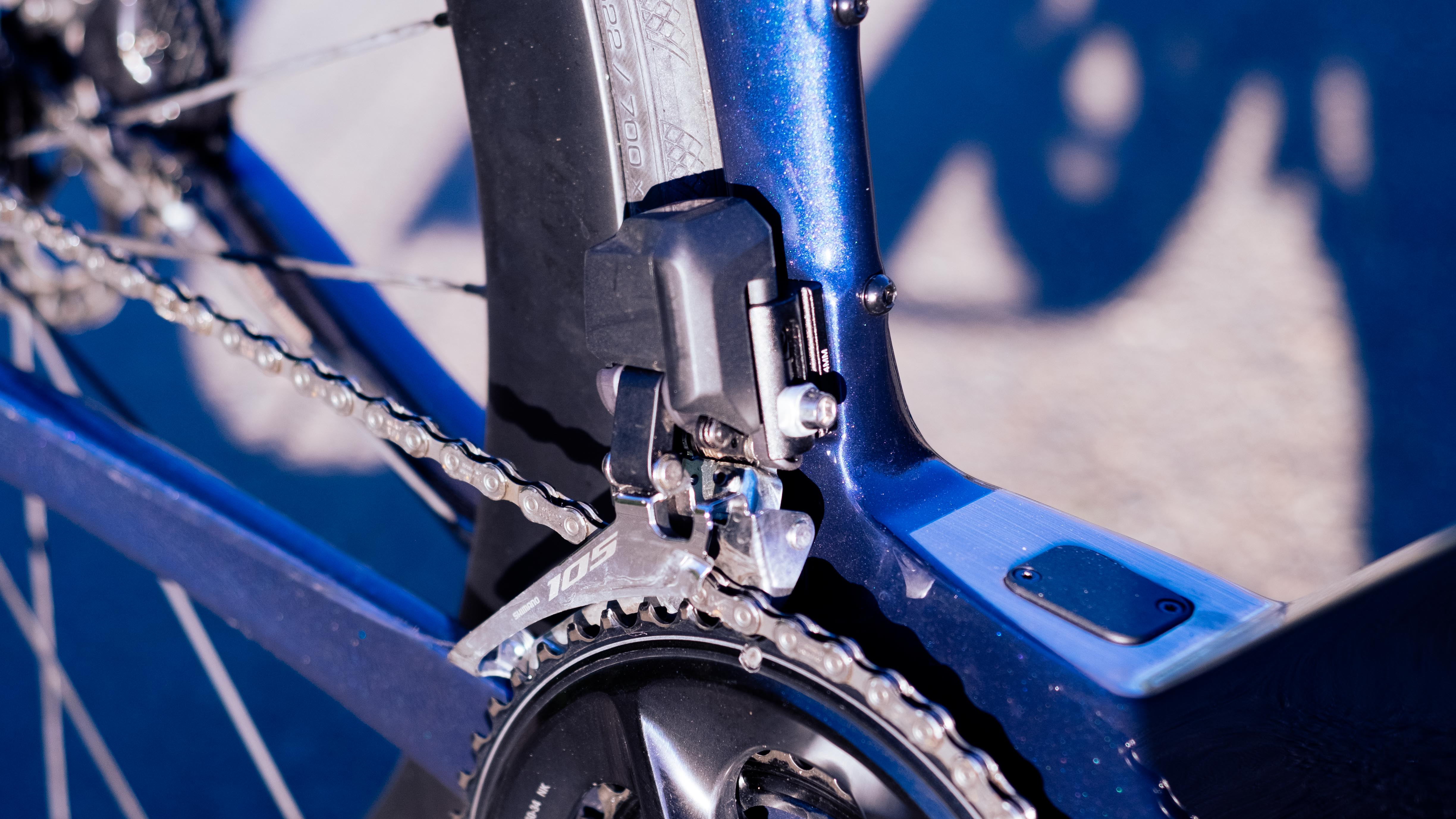
Design and aesthetics
Do you remember that trend a few months ago for AI-generated imagery? You put any phrase you liked into the text box and a terrifying electronic consciousness would bring an image into existence at your command. Usually slightly alien in looks, but definitely what you asked for in its general form. If you asked the thing to make you an aero road bike, I suspect the Ribble Ultra SL, or the even wilder looking Ultra SLR would be what it provides you with.
In terms of form, the Ribble Ultra SL takes the generic blueprint of the best aero road bikes and dials it all up to 11 to the point where it butts up against becoming a caricature of itself. Every bit is visibly sculpted, with ultra-sharp transitions to the truncated aerofoils at the rear of the tube profiles, highlighted against the deep blue paint by a brushed silver effect. The dropped seatstays are set wide, away from the rim, and join the seat tube by totally horizontal, wing-like sections. It's clearly part of the data-driven school of design that has led to some convergent evolution of aero bikes.
Up front, it’s no different, with extremely wide set fork blades, reminiscent of that Hope HB.T track bike. The fork blades themselves are deep too, partially shrouding the disruptive influence of the front brake calliper. All in all, it looks, according to my mother at least, a bit like a spaceship. The most radical-looking bit for me is the upper portion of the downtube. It transitions from an extremely narrow, knife-like profile uppermost, where the tyre is closest to the frame, and then rapidly expands in width, to help shape the air around those annoying necessities that are the water bottles; amazingly it’s claimed to be faster with a bottle than without.
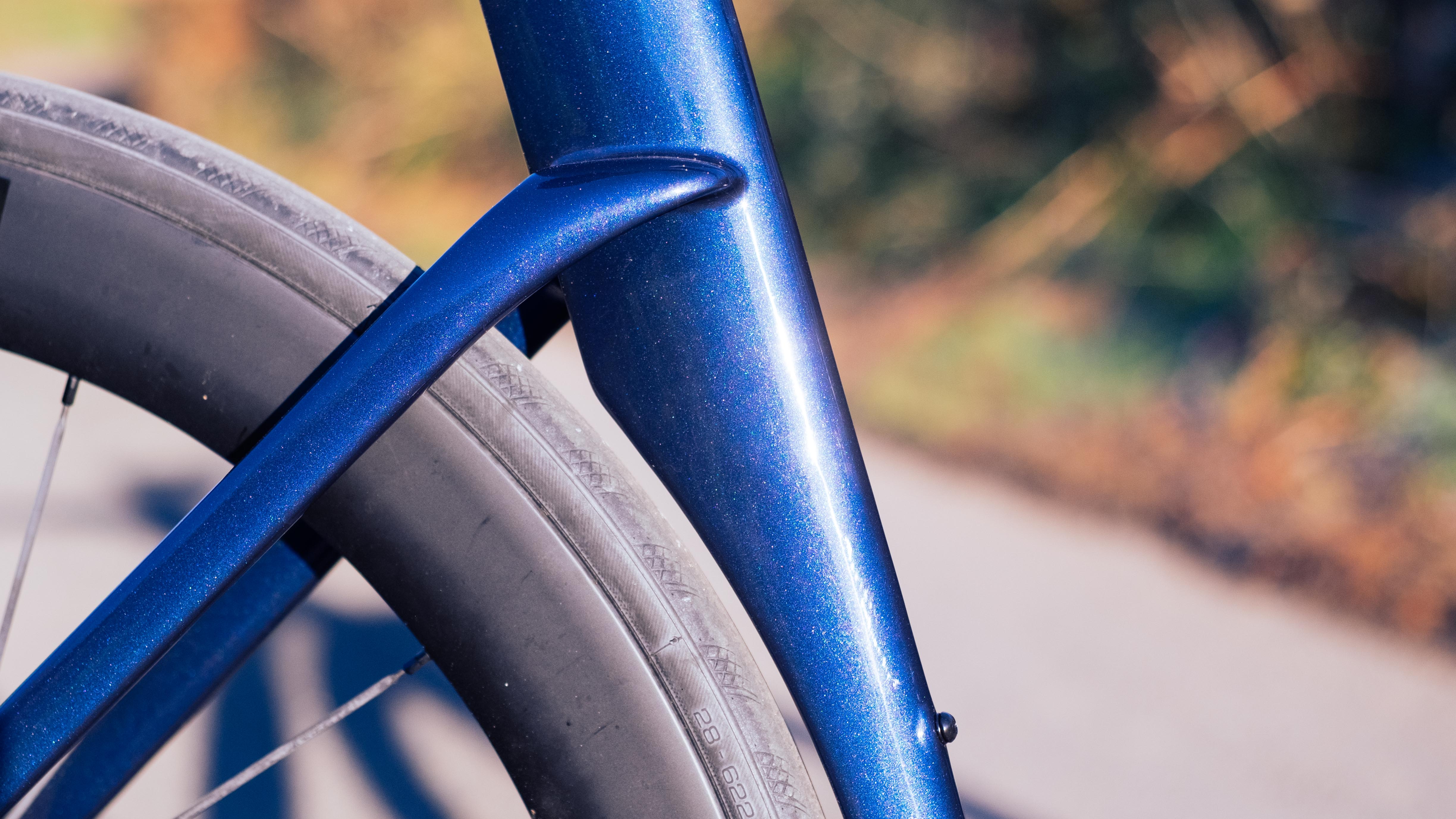
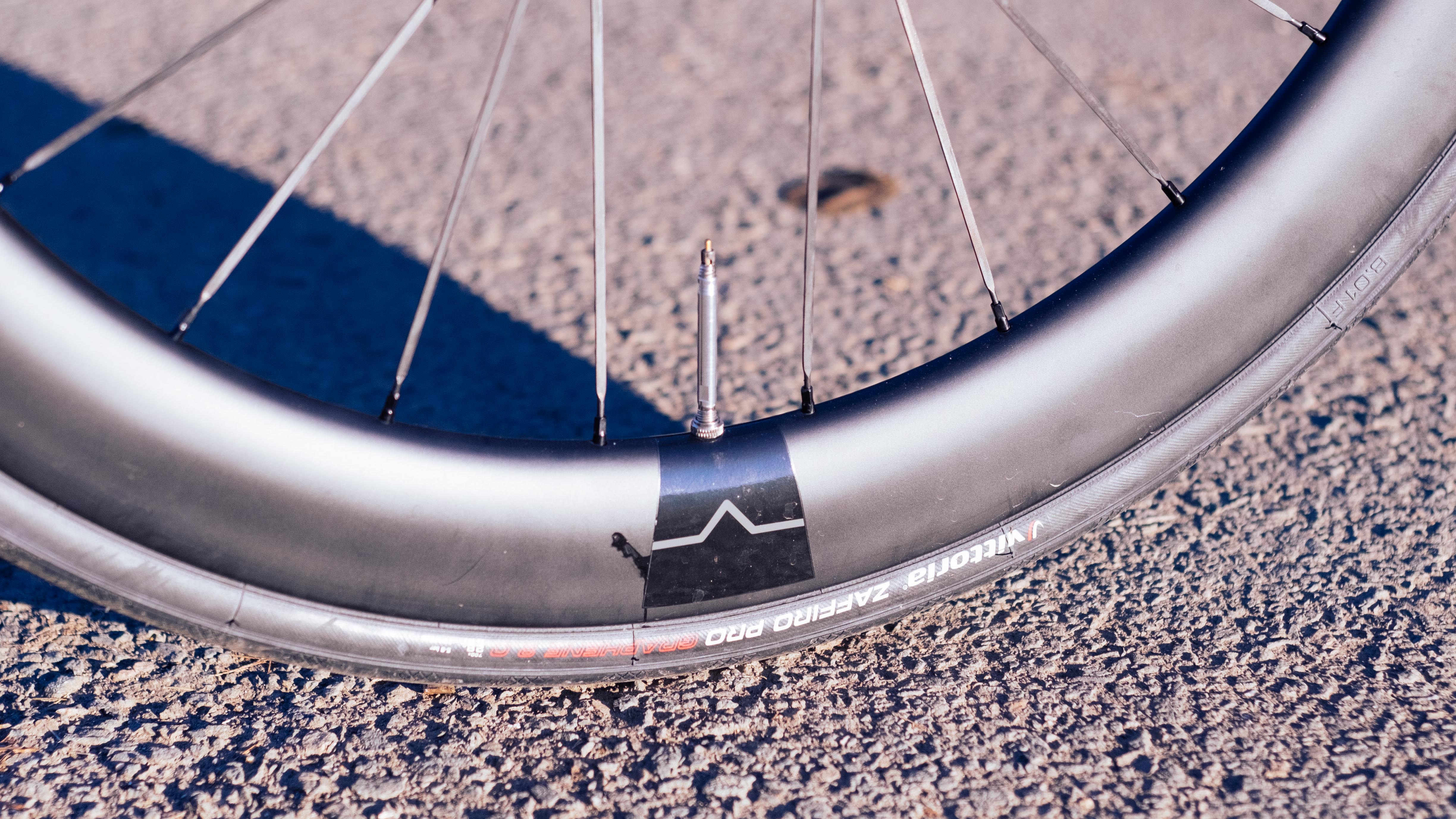
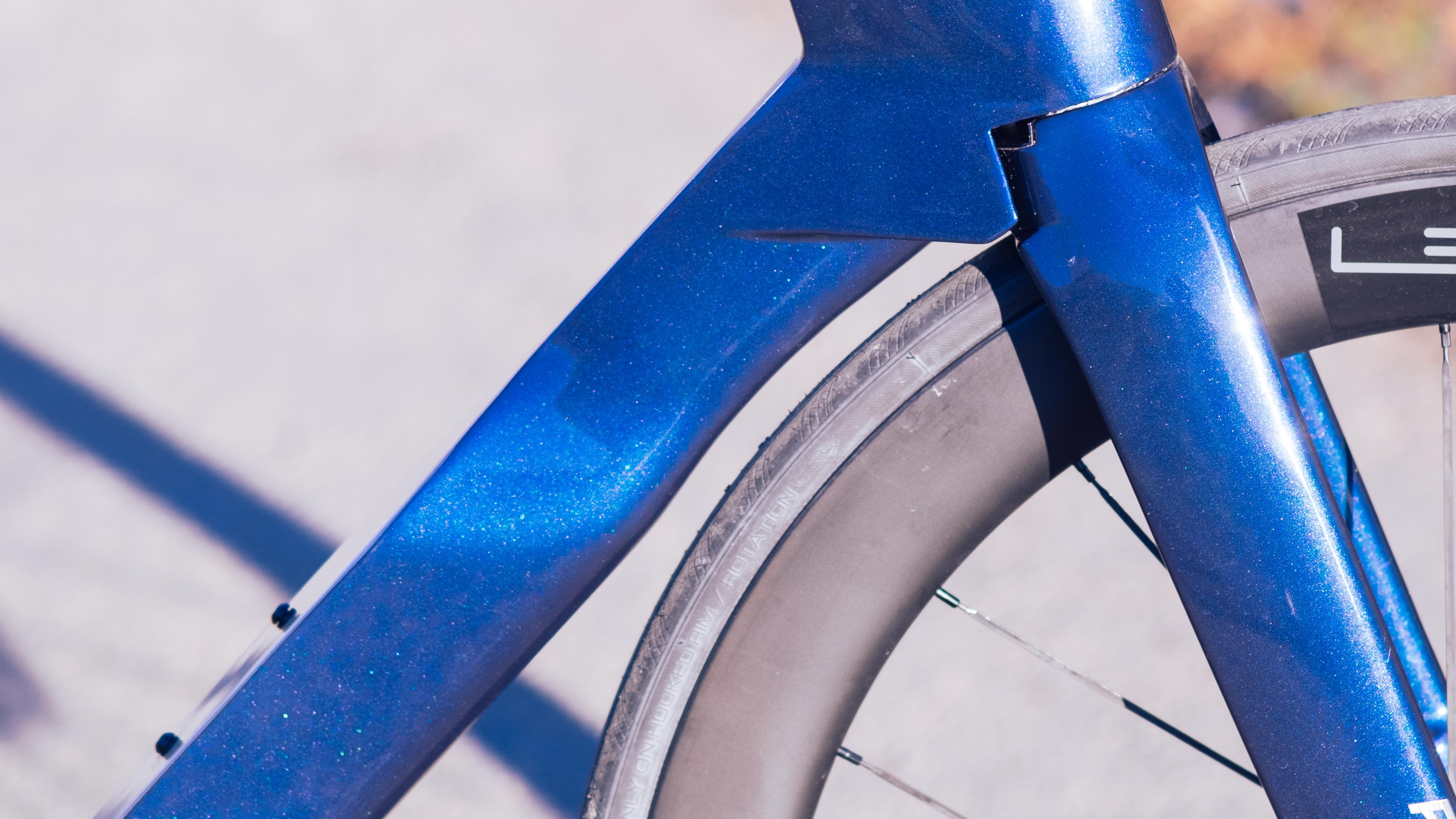
Visually then it’s quite the package. I’m not overly enamoured with it as a piece of eye candy, but for fans of hyperbikes, I can see how this would get the blood pumping. Looking fast goes some way to being fast (that’s sports psychology 101 as far as I’m concerned), but fortunately, Ribble has actually used data to design the Ultra, rather than vibes. As with the majority of performance bikes the wind tunnel has been instrumental in shaping the end result. In this guise, the Ultra SL enthusiast, bedecked with the new electronic 105 Di2 groupset, riders can expect to save just shy of a minute over a 40km ride at 22mph. I haven’t been able to discern which set-up this 54.9-second saving is against, but from image comparisons on the Ribble website, I suspect it’s versus its Endurance model in some form.
There are a few design choices that I take issue with, chief among which is the decision to spec 42cm bars. That’s only 2cm narrower than the wide option bars I specced on my Fairlight Secan gravel bike, and while it’s the average spec width for medium-sized bikes, it’s leaving free watts on the table. Thanks to Simon Bromley of BikeRadar’s excellent work on narrow bars, roughly speaking you’ll save 0.5 watts for every 10mm of bar width you chop off at around the 22mph speeds the Ultra is quoted at. Opting for a 40cm not only saves you some grams (mostly meaningless for such an aero bike) but a good watt. Take this to the extreme, at faster speeds and an even narrower bar, dropping to a 38cm bar from a 42cm could save you 7 or 8 watts at 29mph. It also has handling implications, but we’ll get to that later. You can of course choose to spec narrower bars if and when you order one in the Bike Builder, so bear this in mind.
Ribble knows all of this, of course, as the Ultra SLR is available with the 'Pro' spec aero cockpit, which features hoods as narrow as 33cm, flaring to 37cm at the drops.
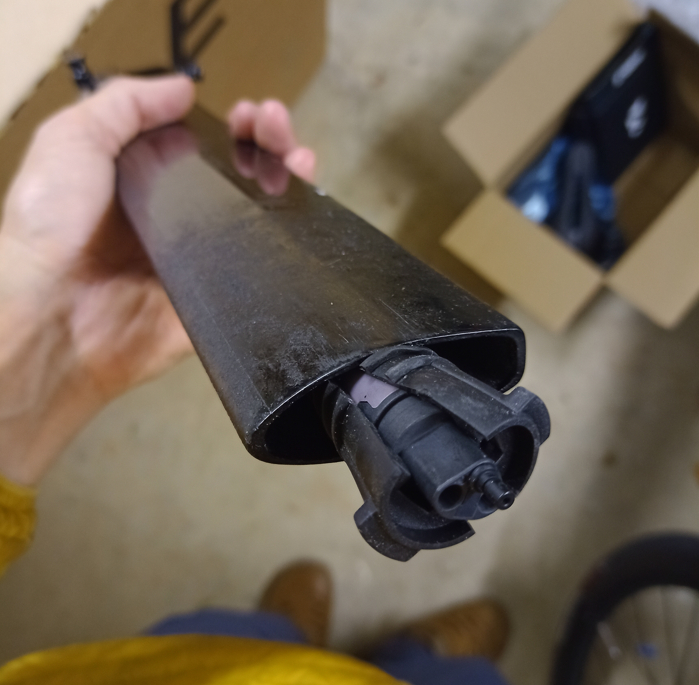
Bars aside there were a handful of finishing details I wasn’t enamoured with. The wheels and tyres came with tubes that needed ludicrous valve extenders, which to me felt like someone at Ribble HQ had ordered hundreds of inner tubes with a too-short valve, and this was the fix. The seatpost clamp relies on a bolt that not only uses a socket head (not that out of the ordinary, but certainly not multi-tool friendly), but the bolt itself is a hefty thing more likely to be found in a builder’s yard than a bike shop.
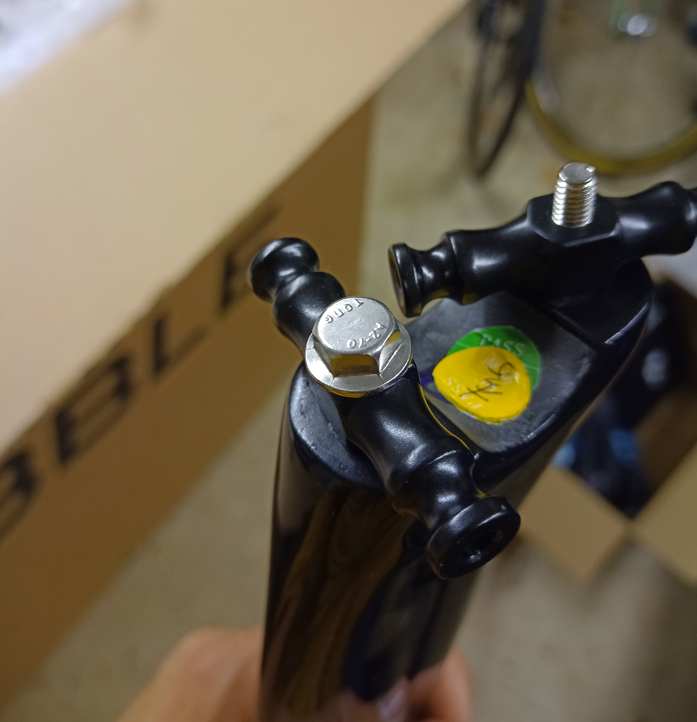
Inside the seatpost too, the Di2 battery appears to have been rammed in rather violently. I found it sat at an ungainly angle. A simple sleeve would have improved this hugely. Lastly, the bottle cage recessed bolts didn't feature a small, raised, integrated washer, so your bottle cages press directly into the frame. Yes, raised integrated washers might detract somewhat from the clean face, but given the bike is claimed to be faster with bottles than without you’d be silly not to run a bottle, and it would better protect the paint. Moreover, the recessed threads are deep into the frame, so you need longer bolts.
Visuals and design are one thing, especially when so heavily reliant on aero data. Whether that translates to the real world is another thing entirely.
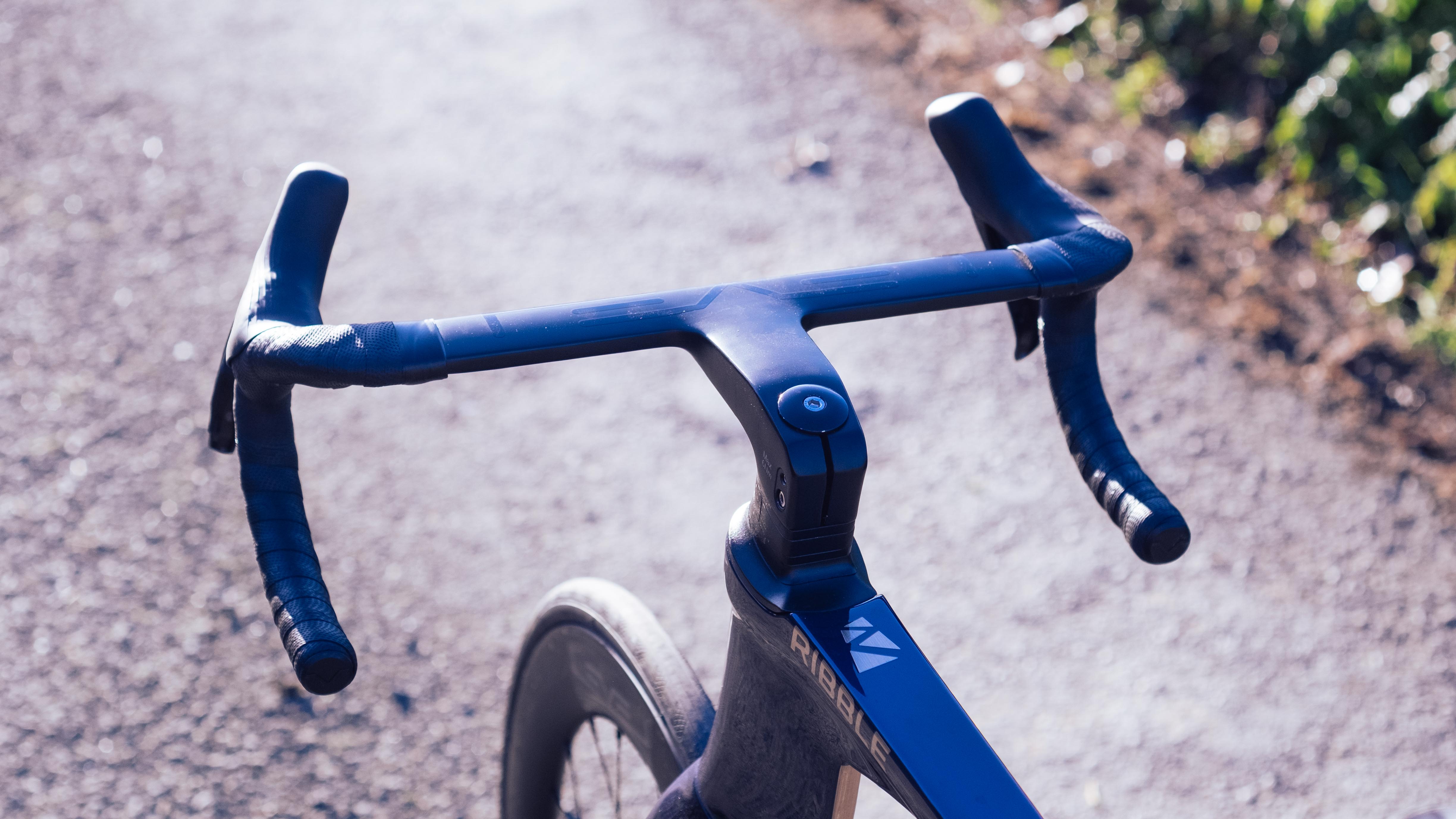
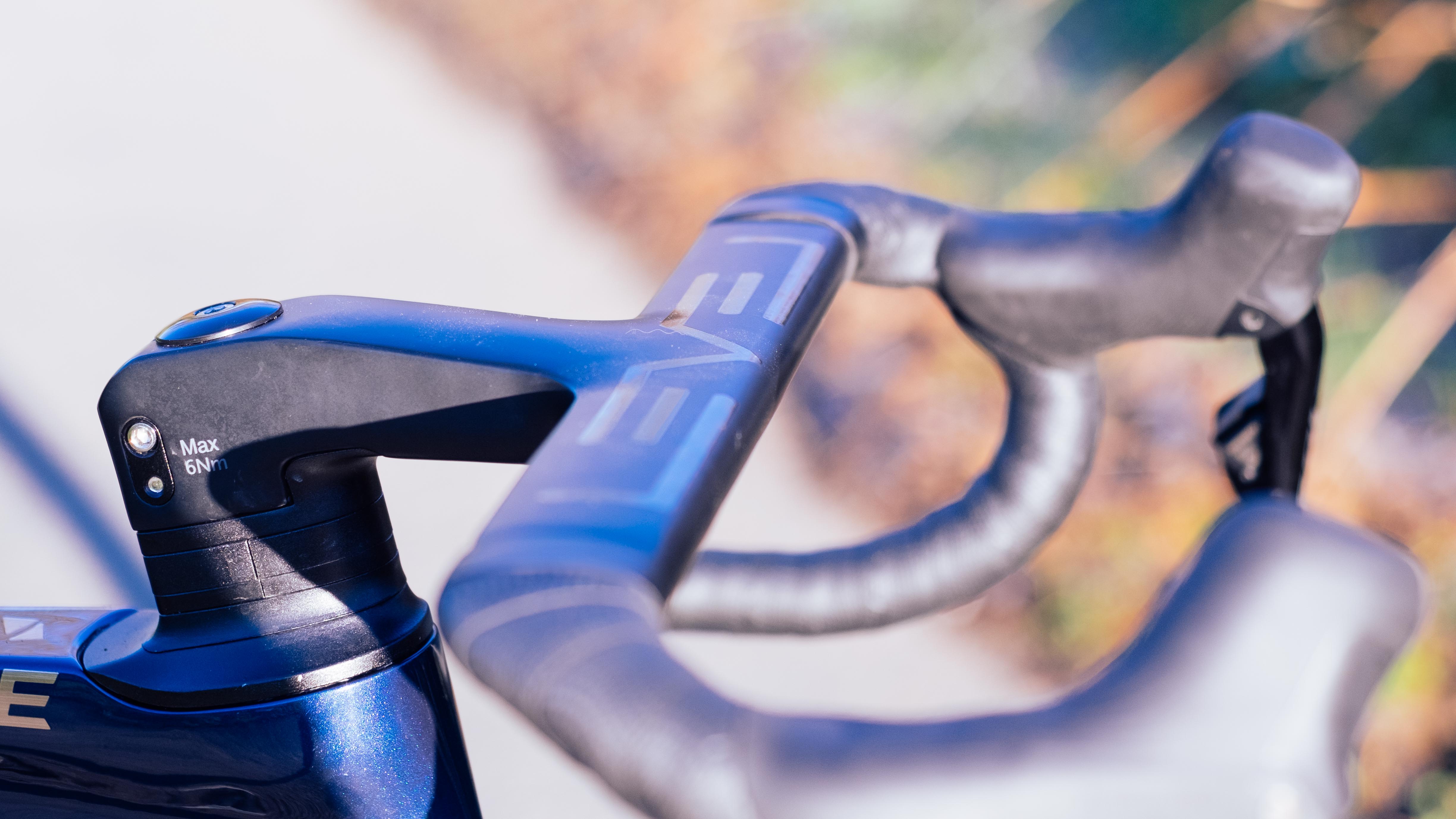
Performance
I’ve got to be honest with you (as that is my job, as much as anything else), I haven’t greatly enjoyed riding the Ribble Ultra SL. One of my most often used phrases is the full version of the Jack of all trades idiom: A jack of all trades is a master of none, but oftentimes better than a master of one. I fear the single-minded pursuit of aero-derived speed has, while making what is undoubtedly an extremely fast bike, detracted from the overall experience.
If you’re looking for a bike that is fast then this does warrant serious consideration. On the flat, on smooth tarmac, it is blistering. The aero package clearly translates into speed, and the power transfer is exceptional thanks, mostly I suspect, to a whopping great bottom bracket area. While you wouldn’t think ‘climbing bike’ when looking at it, on shallower gradients especially the aero and stiffness allow you to carry your speed. On steeper gradients, it’s less sprightly, where the 8.6kg weight comes more into play, but it’s only marginally heavier than the Orbea Orca Aero, a bike that it is very much in direct competition with.
Speed is excellent, but speed without handling is useless. If you make up a second on the straight only to lose it again in the corners then what’s the point? The Ultra SL does not handle particularly well. I’ve jumped into the geometry charts and compared it against my long-term Canyon Ultimate test bike because I’ve often ridden the pair back to back. The Canyon handles extremely well, though on paper the two aren’t a great deal different.
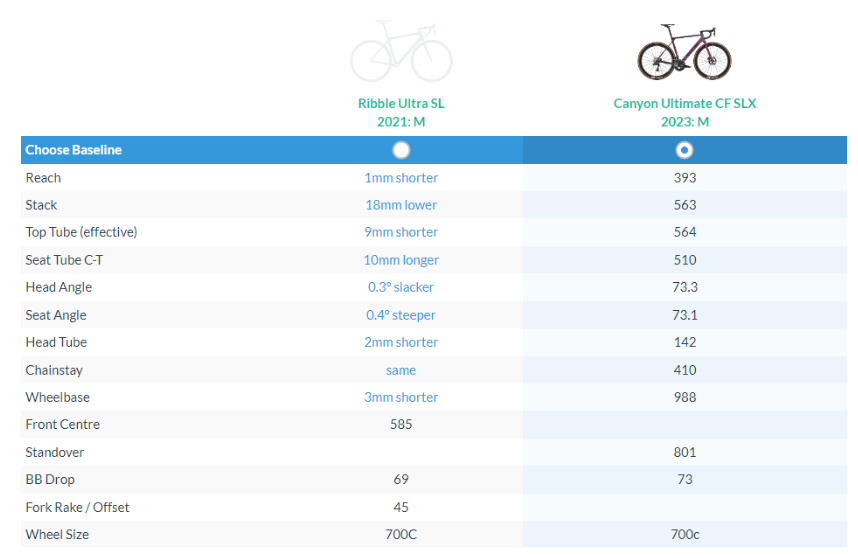
The Ribble is similar in a lot of ways to the Ultimate, but the key differences that I can see in terms of making a difference to the handling are a 9mm shorter effective top tube, made up for by a longer stem, a higher bb, and a slightly slacker headtube. Together with the wider bars, it creates a dichotomy in the handling, which is at once sluggish and a little unstable feeling. The BB drop is akin to that of a cyclocross bike for reasons I cannot fathom, beyond speculating it’s to avoid pedal strike in the corners, to which I say it doesn't inspire enough confidence in the corners for pedal strike to ever be an issue.
The bars, width aside, are also unnervingly flexible in the drops, to the point I had second thoughts about breaking into a sprint. In order to counteract the bar width, I ended up turning the hoods inwards aggressively, which was an effective workaround, so I spent 90% of my riding on the hoods, forearms on the bars. Again, you can, and probably should just spec some narrower bars.
Value
Ribble consistently offers decent value, and if you want flat-out speed then you’re going to struggle to find something that offers this much of an aero package at a comparable price. The Orbea Orca Aero is similarly priced for the Ultegra Di2 spec, and at that point, I’d suggest you opt for the Basque option given that it reviewed very well.
Where the Ultra does offer value is at the lower specs. It’s hard to find a bike this dedicated to aerodynamics also specced with mechanical 105, which comes in at a penny under £3.5k. In this spec too, £4k gets you a lot of bike, and the new Di2 105. Considering this groupset would set you back almost £1.4k by itself, it does show the value of the rest of the package.
In short, yes it’s a good value bike, if you use it in specific ways. As a day-to-day, general-use road bike, it isn’t good value because, while being a lower price for generally equivalent specs, it’s not as good either. I appreciate it isn’t designed as a general-use road bike, but the aero advantage angle is so heavily pushed by the cycling industry that aero options are seen as general use performance machines too. Some are, but not the Ultra, sadly.
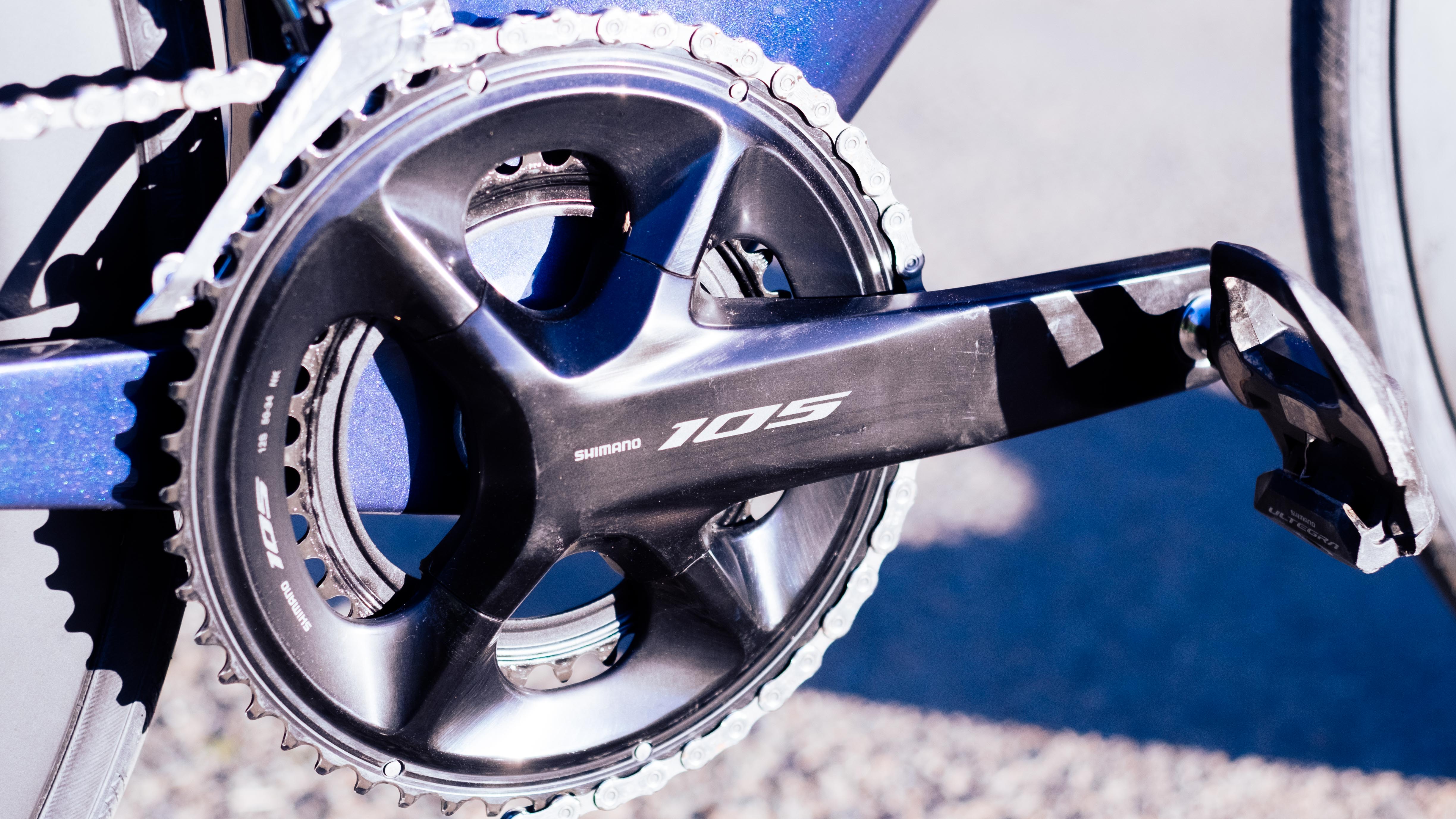
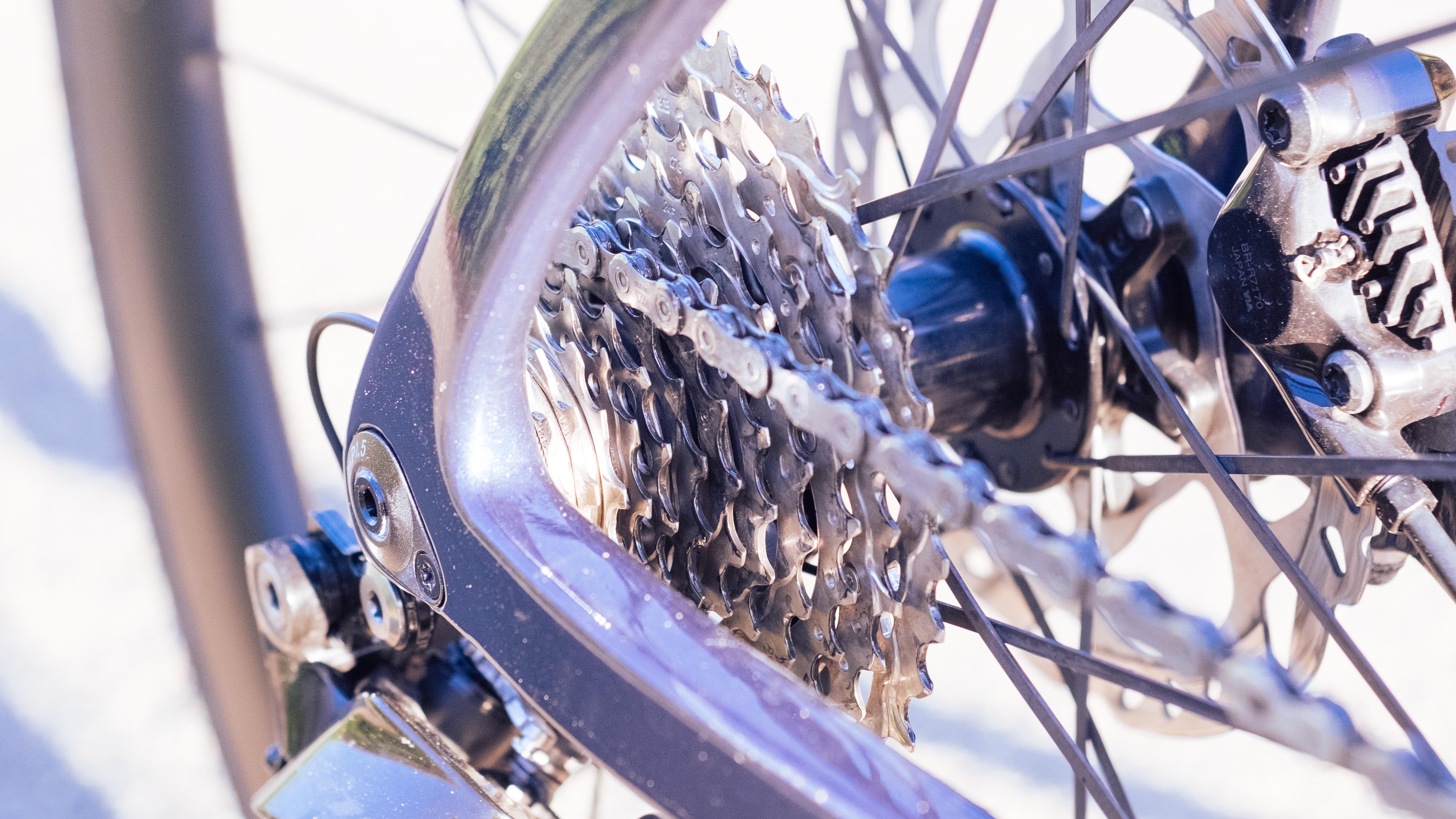
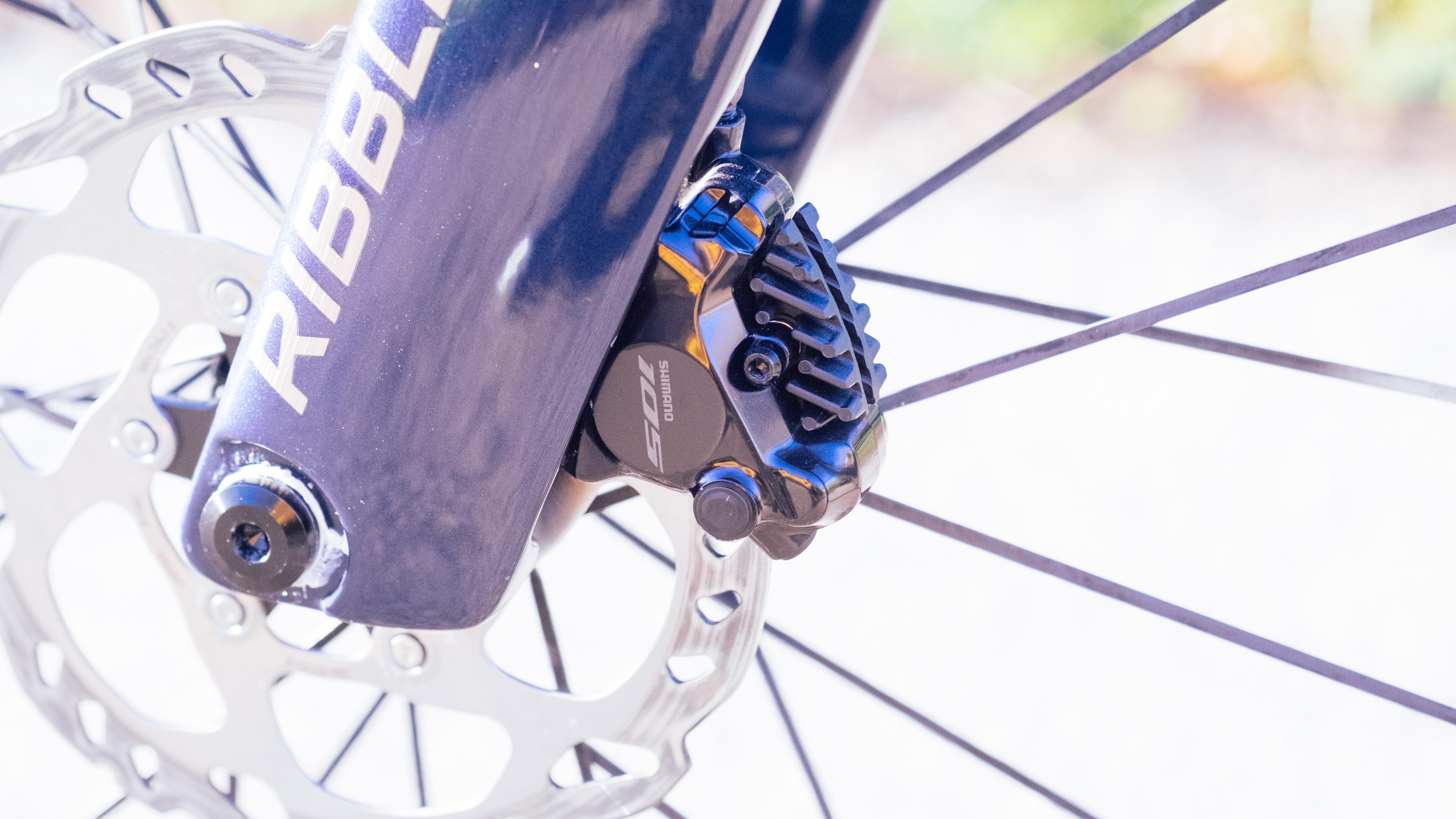
The issues with handling were further exacerbated by, or perhaps equally a result of, the absence of any compliance. The majority of your compliance, and the resulting rider comfort, comes from the flex available in the seatpost in addition to a little from the tyres. The seatpost on the Ribble Ultra has no discernible give. None. Not a sausage. Not the merest fraction of a millimetre of deflection, which leaves you rattling about over all but the smoothest tarmac; something which Cornwall doesn’t have an abundance of. It is perhaps the least comfortable road bike I have ridden to date. “Maybe,” I thought to myself, “if I swap these 25mm tyres to 28mm tyres it’ll help,” only to realise it was already running 28mm tyres.
This is the crux of the matter for me. The handling issues are relative, and I am comparing it to a bike that handles brilliantly in order to create contrast. While it doesn’t handle amazingly, it’s still sprightly, and acceptable enough for a speed-oriented machine. The comfort factor though was such that I couldn't ride it for more than two hours. As a race bike, this is fine if your races are all sub-two-hours, but beyond that, I think you’d struggle.
Where I can see the Ultra absolutely shining is for shorter, more intense uses. You have to do a bit of digging, as I am unable to find any mention of it on the Ribble site anymore, but the SLR frameset was initially offered in a “Tri Edition”, replete with two tri-spoke wheels and an integrated set of Spinaci style aero bars. The aero gains when you’re going all out for a short time will undoubtedly be of benefit. Likewise, if you want to dabble in both crit racing and the occasional TT, but can only have a single option for both. The issue comes with using it beyond a dedicated race bike, for training rides and the like, I suspect you’d very quickly fall out with it, or decide to then buy a training bike.
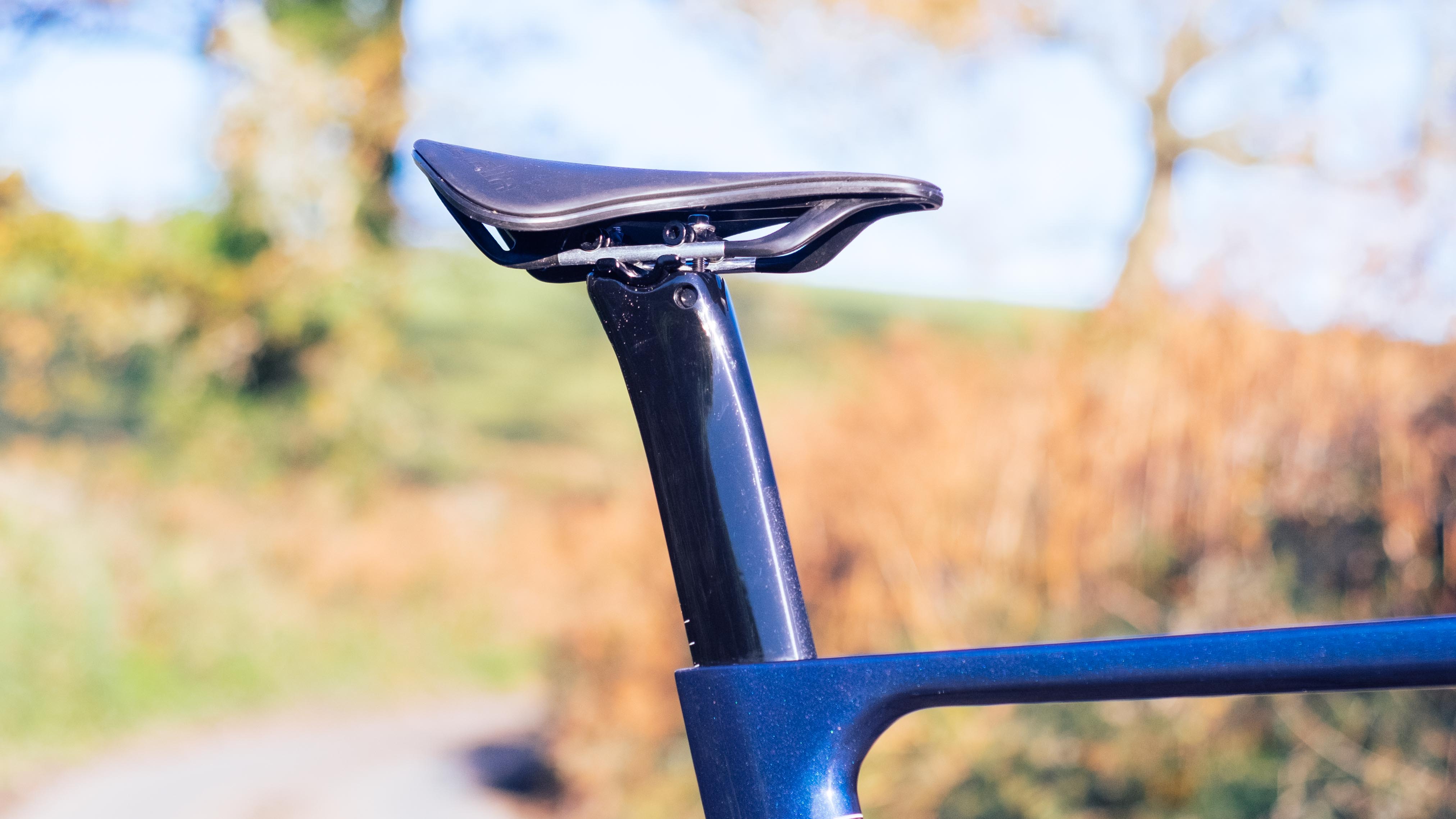
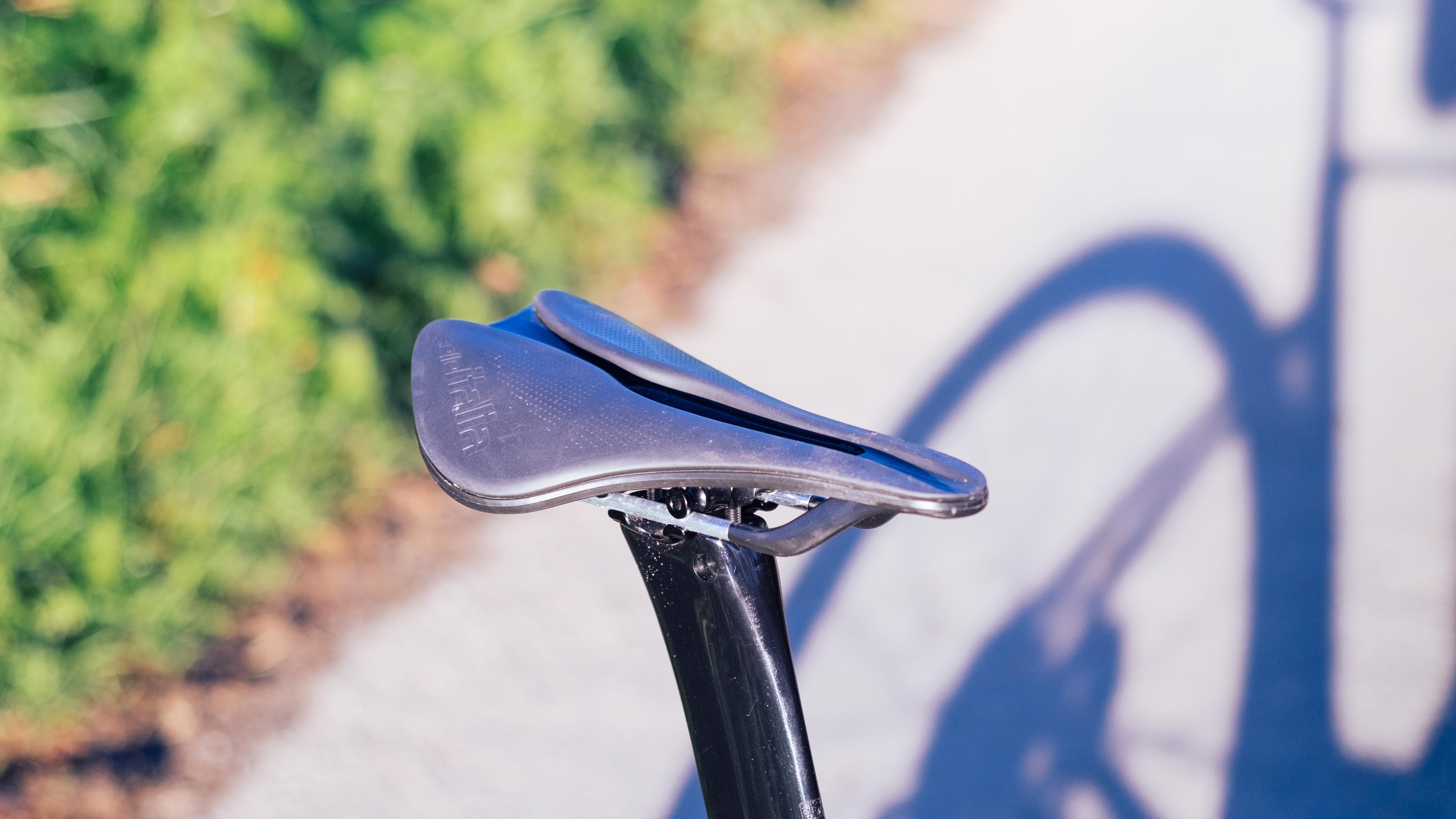
Verdict
In order to get the best out of this bike, you need to fall within a specific use case. There are race bikes out there that are do-it-all machines, but there are still bikes out there like Ribble Ultra that are hyper-focussed. It will not be as enjoyable for general riding as a ‘normal’ road bike, generally speaking. It will be faster than a ‘normal’ road bike, at a price that represents good value, particularly at the more budget-friendly builds.
If results are your thing then it’s worth consideration, but if you’re not racing, then spend your money elsewhere. The Ribble Ultra SL is undoubtedly faster in the wind tunnel than my Canyon Ultimate, but if I had to own one in an equivalent build it’d be the Jack of all trades every day of the week.
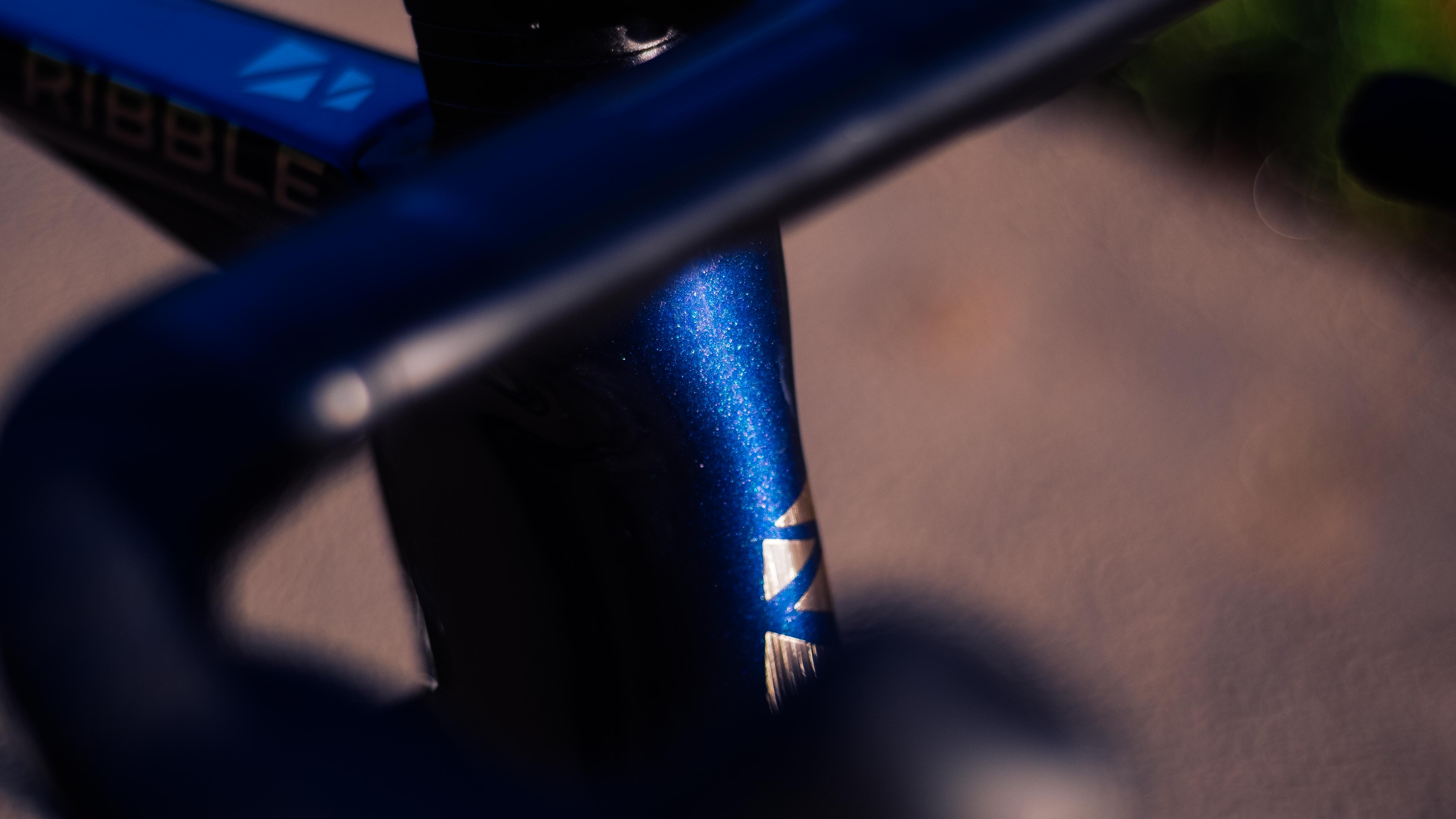
| Attributes | Notes | Rating |
|---|---|---|
| Design and aesthetics | If you're into aero bikes it looks cool, but there are some bits of design detail lacking | 7/10 |
| Build | 105 Di2 is ace, but the in-house finishing kit is second-tier | 7/10 |
| Performance | In a straight line on smooth roads you'll not be caught, but it lacks in handling and comfort | 7/10 |
| Weight | It's a little hefty, as a result of all that extra material | 7/10 |
| Value | If speed is the goal I think you'll struggle to find a bike as fast as this, with Di2 shifting, for such a low price | 9/10 |
| Overall rating | Row 5 - Cell 1 | 74% |

Will joined the Cyclingnews team as a reviews writer in 2022, having previously written for Cyclist, BikeRadar and Advntr. He’s tried his hand at most cycling disciplines, from the standard mix of road, gravel, and mountain bike, to the more unusual like bike polo and tracklocross. He’s made his own bike frames, covered tech news from the biggest races on the planet, and published countless premium galleries thanks to his excellent photographic eye. Also, given he doesn’t ever ride indoors he’s become a real expert on foul-weather riding gear. His collection of bikes is a real smorgasbord, with everything from vintage-style steel tourers through to superlight flat bar hill climb machines.
